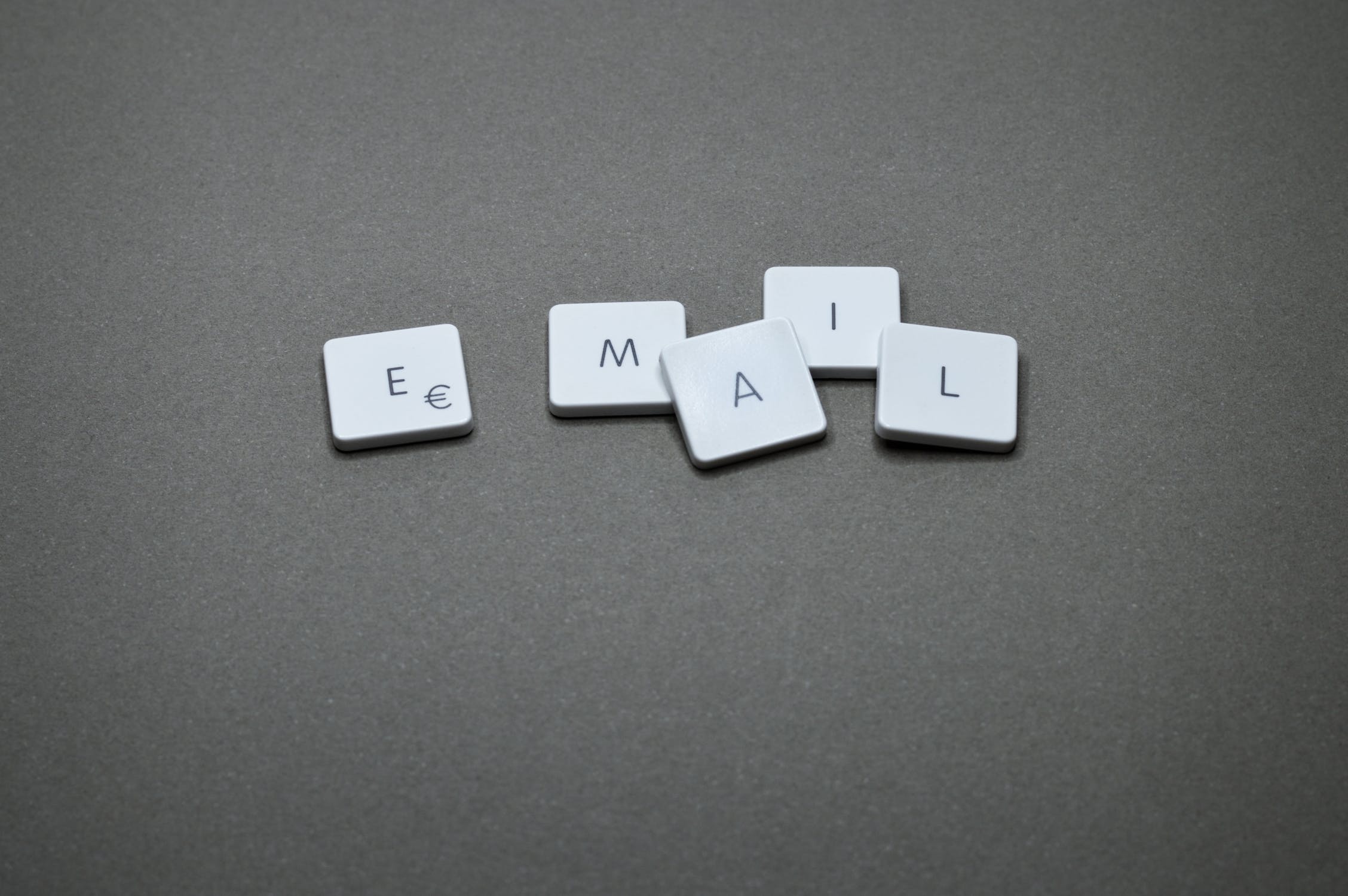Comments (3)
Zayn Lee
Email marketing is still dominating digital marketing.
Owen Clark
I hate using emails but they are so damn useful
John Best
Nailed it !! Thanks for the info.

All savvy digital marketers understand the power of email when it comes to improving ROI.
So, if you’re focusing on growing your email list in 2020, you’re on the right path to boosting sales. However, expanding your list of contacts comes with a few significant risks. Let’s see how you can avoid them and get only the best results from your email marketing.
Having a large number of subscribers makes any email marketer happy. It’s pure math: the more people receive your emails, the higher your chances to convert. However, the quality of those leads matters more than collecting a certain number of email addresses.
Why? Because your email list quality determines your sender reputation and, ultimately, your entire email marketing. Internet Service Providers (ISPs) get constant feedback on your sending behavior. If you don’t follow email marketing best practices, your reputation suffers and ISPs may come to see you as an unlawful sender. Next thing you know, your emails land in the junk pile or don’t even get delivered.
Here are three of the riskiest aspects to keep in mind while growing your email list – and how to avoid them.
ISPs and blacklist providers have created spam traps as a way to fight against email spam. You can find these addresses in strategic places on the internet, where they’re waiting for spammers to scrape them and use them for malicious purposes.
How can spam traps get on your email list? Since they don’t belong to real human beings, there’s no way they can opt-in for your emails. The most common place you’ll find spam traps is in purchased lists. This is one reason why you should never consider buying a database of subscribers.
Another way you can acquire spam traps is by not pruning your email list for a long time. ISPs sometimes turn abandoned email addresses into spam traps to detect email marketers with poor practices.
The two most efficient manners to deal with spam traps is to:
Do you have a signup form on your website where you invite visitors to subscribe to your emails? That’s a great way of growing your email list, but how do you know whether the email addresses you’re gathering are safe to use?
For instance, some of those addresses may be abuse emails. These accounts belong to users who usually label messages as spam. And if this is a habit, it’s very probable that the next email they mark as spam is yours.
Of course, you can remove spam complainers as soon as you notice them in your database. But what if you could find a way to prevent these users from joining your list in the first place?
That’s precisely what an email validation API does. Once active on your signup form, the API prevents risky email addresses from being added to your list. These addresses include abuse emails, as well as misspelled, temporary or role-based emails.
These addresses pose a risk to your email marketing because, sooner rather than later, they will bounce and affect your sender reputation.
People make typos online all the time, especially when using the internet on their phones. If someone wants to subscribe to your newsletter but misspells the email address, all you have is an invalid contact. That email will bounce right away and only contribute to your bounce rate.
Then, temporary emails self-destruct in a short period of time. They’re a convenient way for people to access a free content offer – such as an e-book – without having to receive your future emails. Such users don’t really care about your brand and they’re not looking for a long-term relationship with you. It’s best to remove them from your list instead of allowing them to tarnish your reputation.
As you can see, not every email address you gather represents a valuable lead. On the contrary, some of them can cause your emails to land in the spam folder, so you’re better off without them.
Apart from cleaning your email list periodically, there’s another simple method to prevent bad contacts from subscribing to your emails. If you’re not using the double opt-in, consider implementing it today.
The double opt-in is a subscription method that requires people to click a confirmation link in their email as soon as they subscribe. This two-step process ensures that the newly added email address is valid and that the person really wants to be on your list.
Careful, though: using the double opt-in isn’t enough to maintain email hygiene. Bots can click that confirmation link and spoil your list. If you want a more powerful filter, use an email validation API.
Email marketing is a billion-dollar industry, and building an email list is a goal worth pursuing. Nonetheless, focus on collecting valid and active email addresses so you can have a real chance to connect with your audience. If your bounce rate is higher than the industry standard of 2%, make sure to prune your list. Having a smaller, but more engaged list yields better email marketing results in the long run.
Email marketing is still dominating digital marketing.
I hate using emails but they are so damn useful
Nailed it !! Thanks for the info.
Vasilii Chekalov is a computer geek with great affinity for healthy lifestyle and weights. While not at the gym, his inquisitive mind devours information about digital marketing, outreach strategies and growth hacks. Master organizer, he knows the Α and the Ω of potent and enticing virtual presence.
Leave your comments
Post comment as a guest